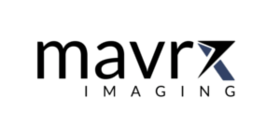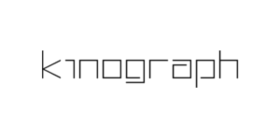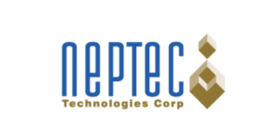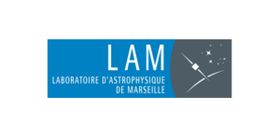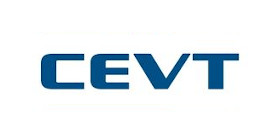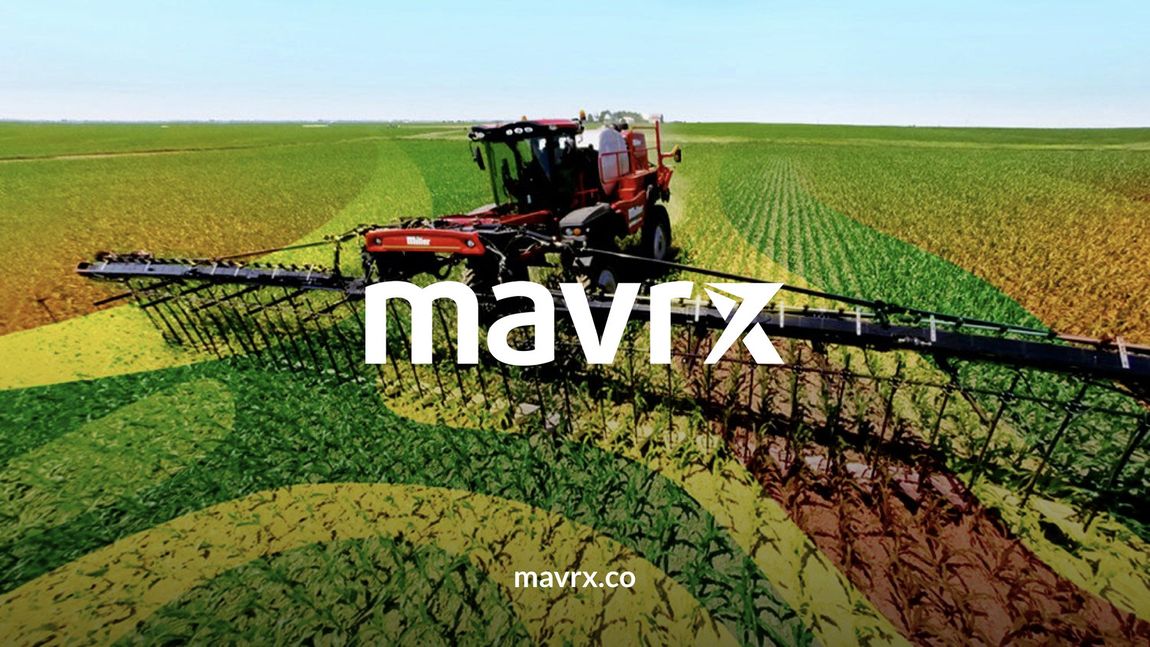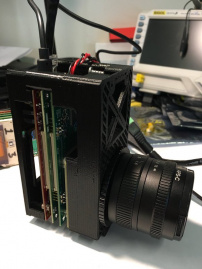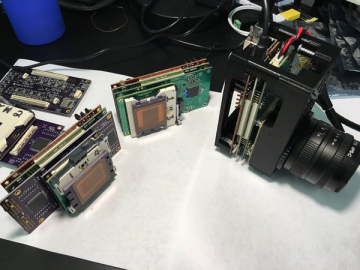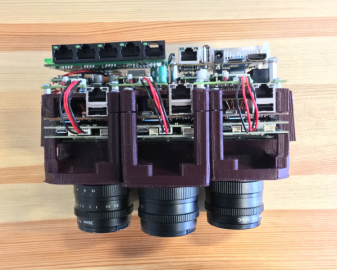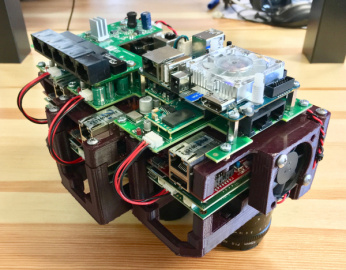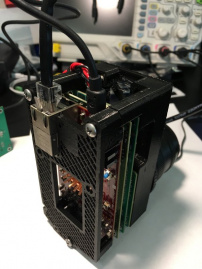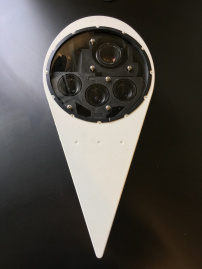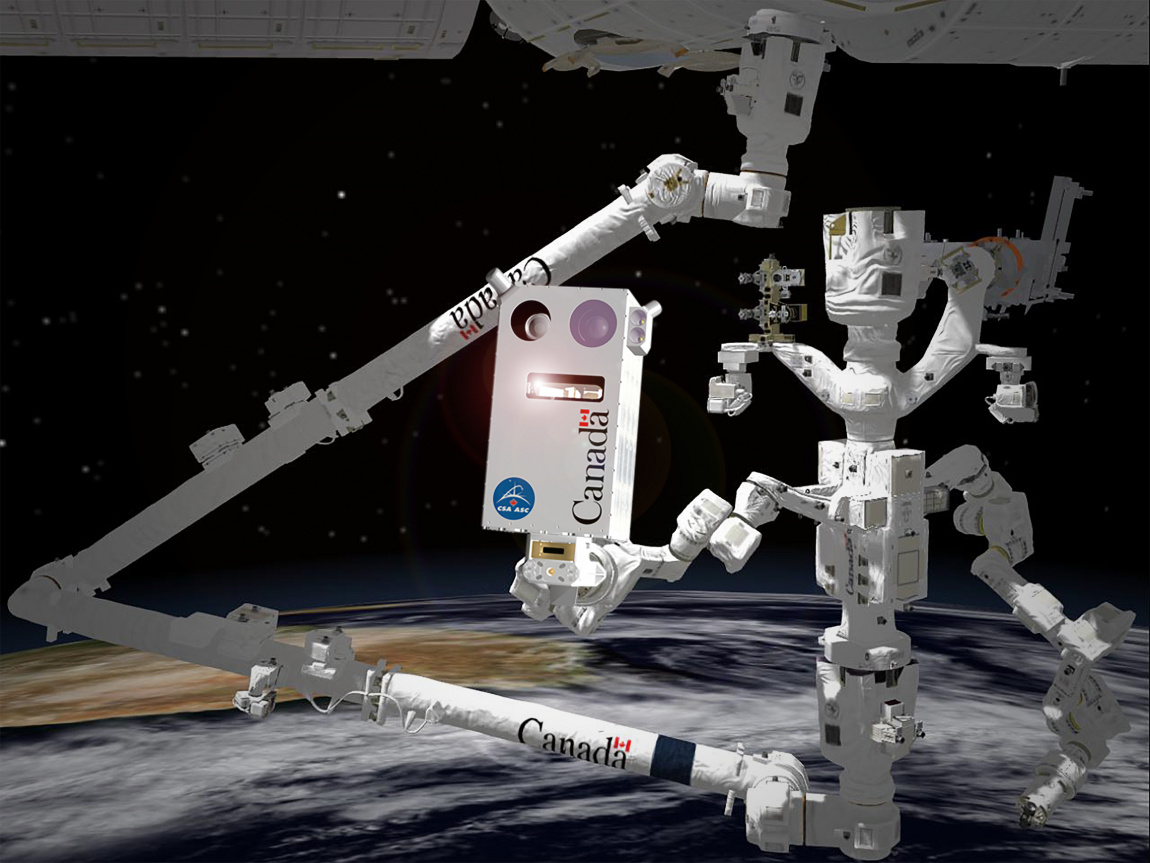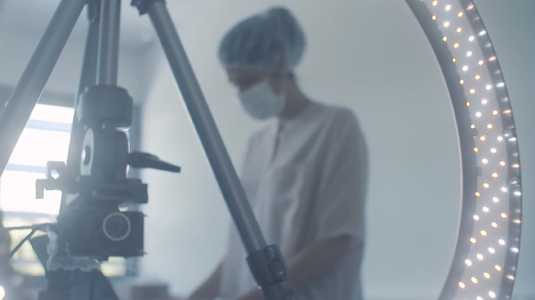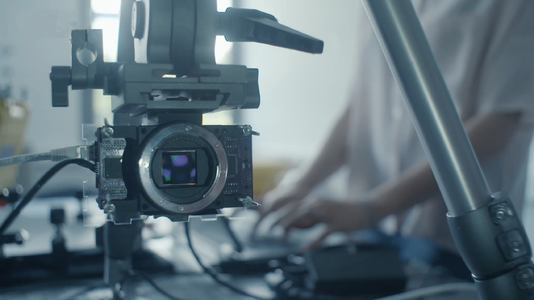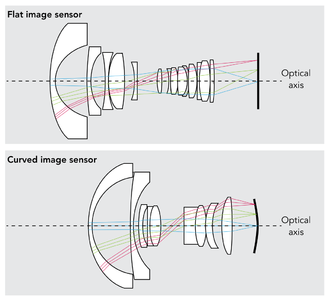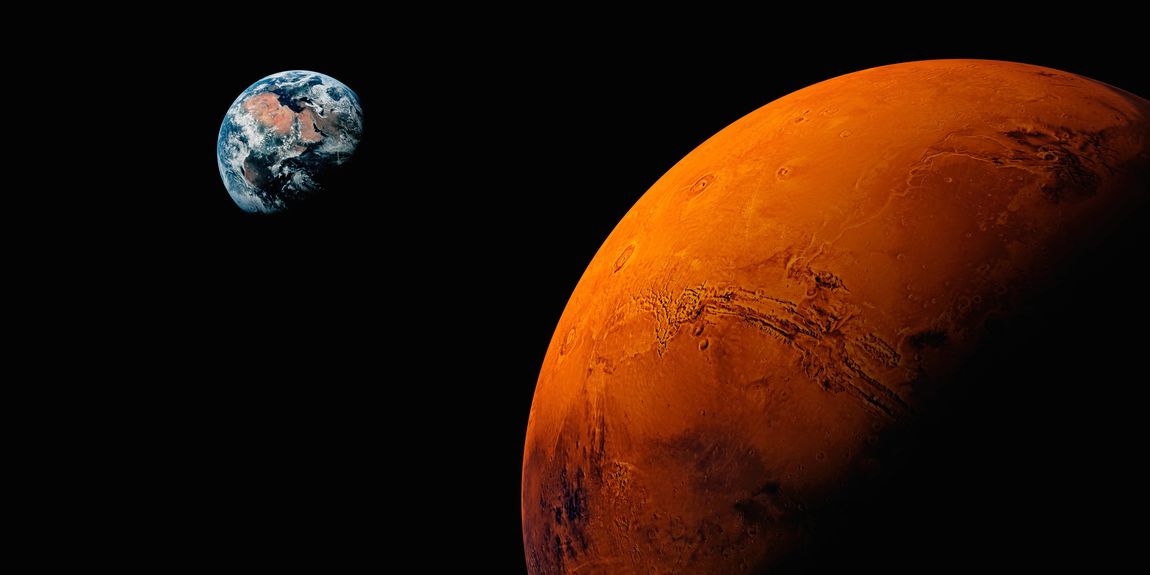Difference between revisions of "AXIOM Beta/Case Studies"
m |
|||
| (120 intermediate revisions by 2 users not shown) | |||
| Line 1: | Line 1: | ||
__NOTOC__ | |||
This page is available to read in the following languages: [https://wiki.apertus.org/index.php/AXIOM_Beta/Case_Studies/Japan にほんご] | |||
==AXIOM Beta Developer Kit== | |||
apertus° | apertus° AXIOM Beta Developer Kit is ideally suited to those who want to work on software/hardware related development as it provides easy access to the camera’s printed circuit boards. All associated design files, Schematics, Board layouts, BOMs, STEPs and software source code repositories, etc. are made freely available (see [[AXIOM Beta]] Main Page). | ||
Being able to process data on-board and seamlessly integrate a camera with other devices brings a tremendous degree of freedom when compared with existing proprietary cameras. As the camera runs Arch Linux, creating and integrating custom software is extremely straight forward. This is why several pioneering organisations in the technology sector work with the AXIOM Beta, because it allows them to reconfigure a camera around existing hardware designs whilst maintaining high-quality video data capture. | |||
The following is a list of some example case studies | The following is a list of some example case studies from camera users who've adapted AXIOM Beta to suit their needs. | ||
'''Note:''' If a custom version of AXIOM Beta Developer Kit is required for scientific/research purposes, then it could be possible to make the necessary changes. Please make [https://www.apertus.org/contact contact] to discuss requirements. | |||
[[File:Mavrx.png | 280px | link=https://wiki.apertus.org/index.php/AXIOM_Beta/Case_Studies#Mavrx]] [[File:Kinograph.png | 280px | link=https://wiki.apertus.org/index.php/AXIOM_Beta/Case_Studies#Kinograph]] [[File:Neptec-Technologies 2.png | 280px | link=https://wiki.apertus.org/index.php/AXIOM_Beta/Case_Studies#Neptec]] [[File:LogoLAM.jpg | 280px | link=https://wiki.apertus.org/index.php/AXIOM_Beta/Case_Studies#LAM]] [[File:CEVT.jpg | 280px | link=https://wiki.apertus.org/index.php/AXIOM_Beta/Case_Studies#CEVT]] [[File:Examinartlogo.png | 280px | link=https://wiki.apertus.org/index.php/AXIOM_Beta/Case_Studies#eXaminArt]] | |||
| Line 11: | Line 26: | ||
==Mavrx== | ===Mavrx=== | ||
Mavrx, a leading provider in the precision agriculture industry | America based company Mavrx, a leading provider in the precision agriculture industry, supplies farmers with actionable metrics and alerts about the health of their crops. Multi-spectral images are collected via small aircraft flown across the North American continent. The imagery measures plant health, nitrogen content, and pin-points pest and weed infestations, giving farmers precious days/weeks to take corrective action. | ||
[[File:Mavrx Story 03.014.jpeg | 1150px | .]] | |||
Mavrx adapted the AXIOM Beta’s hardware design by rotating the image sensor 90º, shifting it to the edge of the PCB stack, then removing one of the PCBs. This configuration allowed them to fit three AXIOM Betas, a DSLR and a control & image storage computer into an their prototype, next-generation, multi-spectral aerial camera system. | |||
<gallery mode=" | <gallery mode="packed" heights="180"> | ||
Image:Mavrx Inc Upright 02.jpg| AXIOM Beta board stack with sensor rotated. | Image:Mavrx Inc Upright 02.jpg| AXIOM Beta board stack with sensor rotated. | ||
Image:Mavrx_Inc_Table.jpg| AXIOM Beta board stack with sensor rotated. | Image:Mavrx_Inc_Table.jpg| AXIOM Beta board stack with sensor rotated. | ||
| Line 36: | Line 44: | ||
Image:Mavrx Inc Upright 01.jpg| Rear. | Image:Mavrx Inc Upright 01.jpg| Rear. | ||
Image:Airbourne flight pod 1.jpg| Airbourne flight pod with AXIOM Beta cluster. | Image:Airbourne flight pod 1.jpg| Airbourne flight pod with AXIOM Beta cluster. | ||
</gallery> | </gallery> | ||
''“In the interests of safety the pre-certified flight pods we attach to the wings of light aircraft are tightly regulated. For our purposes (aerial mapping), using more typical cameras is impossible, but thanks to the flexibility of the AXIOM Beta we were able to reconfigure its PCB's and harness the power of three cameras, each filtering its own band of spectral data to our custom designed software systems.”'' - Anthony May, Mavrx Inc. | |||
See: | See: | ||
* [http://www.mavrx.co Mavrx website] | * [http://www.mavrx.co Mavrx website] | ||
* [https://github.com/ | * [https://github.com/apertus-open-source-cinema/axiom-beta-firmware/tree/fullstack Mavrx GitHub] | ||
* Anthony May presentation walk-through on how the flight-pods were built [https://www.youtube.com/watch?v=fYUwzjs8lwo YouTube] | |||
---- | |||
===Neptec=== | |||
As part of a contract awarded by the Canadian Space Agency (CSA), Neptec Design Group will develop a state-of-the-art vision system for the International Space Station (ISS). This innovative vision system will use a combination of three sensors to monitor the outside of the ISS, keeping the space laboratory inside safe and operational. The technology will give the Space Station's Canadian robotic handyman, [http://www.asc-csa.gc.ca/eng/iss/dextre/default.asp Dextre], the ability to quickly detect signs of damage on the exterior of the Space Station, keeping astronauts safe on board. | |||
[[File:Neptec Arm Projection.jpg | 1150px | ...]] | |||
''"We're using the AXIOM camera in a case study. The camera will help to test our custom lens assembly and de-risk some early software development. We are also building a CMV12000 based camera with a Zynq host, but our own camera needs to work in a low-earth space environment. AXIOM Beta is a great reference model to help kick off our development and early testing."'' - Len Melo, Program Manager, Neptec. | |||
AXIOM Beta was sent to Neptec in Febuary 2018. Photos to follow as the project develops. | |||
See: | |||
* [https://neptec.com/missions/new-eyes-for-iss/ New Eyes for ISS] | |||
* [https://neptec.com/ Neptec Design Group] | |||
---- | ---- | ||
===LAM=== | |||
[https://www.lam.fr/ Laboratoire d’Astrophysique de Marseille] have created Curve-One - a 20MP, full-frame, curved image sensor - the first of its kind. AXIOM Beta was used to conduct research, development and testing throughout. | |||
{{#ev:youtube|CK2cAbLnOSE| 1180 | center}} | |||
The optical benefits of a curved sensor are: | |||
* More direct illumination for pixels at the edge of the sensor. | |||
* Lighter and more compact lenses as there's no longer a need to correct the curved projection inherent with a flat sensor. | |||
* 180 degrees field of view – 100 % illumination. | |||
* Save one third of the optics – no aspherics. | |||
* Zoom x2 capability. | |||
Curved sensors are designed to combat the field curvature (also known as [https://en.wikipedia.org/wiki/Petzval_field_curvature Petzval field curvature]) associated with simple lenses imaging a flat plane on a flat imaging sensor. Field curvature results from the fact that the effective focal length light rays experience decreases the more off-axis light rays are from the lens' optical axis (the optical axis is defined by a line running from infinity through the centre of the lens). | |||
<gallery mode="packed" heights=" | This is combated by lens manufacturers with field flattening elements - necessarily making lens designs quite complex. Furthermore, these elements often introduce other aberrations; for example, a tradeoff between [https://en.wikipedia.org/wiki/Astigmatism astigmatism] and field curvature. | ||
Image: | |||
<gallery mode="packed" heights="200"> | |||
Image:LAM Research w AXIOM Beta 2.png | LAM Labs 01. | |||
Image:LAM Research w AXIOM Beta Fix.png | LAM Labs 02. | |||
Image:Pixcurve Diagram.png | PIXCURVE Diagram. | |||
</gallery> | </gallery> | ||
Their ground-breaking curved version of the CMOS CMV12000 sensor, and the technology behind it, will be applicable in a wide range of technical fields, but in particular astronomical image capturing and optical components, e.g. visible imagers, μdisplays, bolometers and IR detectors. | |||
''"Accessing wider fields, exquisite homogeneity of the optical properties across images and faster systems not possible with classical flat focal planes, is like the dawn of a new era for astronomical instrumentation. Fewer components are needed, and the remaining ones are less complex.''" - Thibault Behaghel, Research Engineer, Laboratoire d'Astrophysique de Marseille. | |||
See: | |||
* [http://www.curve-one.com/ curve-one.com] | |||
===CEVT=== | |||
CEVT is a ground-breaking innovation centre focused on finding smarter ways to build cars. Their modular vehicle architectures for compact cars meet the toughest demands on the global market and the manufacturing processes CEVT have pioneered enable a wide range of propulsion systems and technologies of varying complexity. | |||
{{#ev:youtube|kntHAlYUdj0| 1180 | center}} | |||
AXIOM Beta is being used by CEVT's world-class, advanced engineering teams to develop on innovation object detection system projects. | |||
"The apertus° camera is enabling our innovation team to experiment with offload processing to the camera as well as processing raw sensor data in real time. This camera provides us with greater diversity of information, resolution and sheer capture speed than other products at this price point. Being open source keeps our development up-to-date and open to changes at the speed we need to make them. | |||
The first stage of our innovation project has to do with object tracking and training. We plan to move on to both indoors and outdoors use cases for an important area of our organisation and the automotive industry in general: safety and driver experience." - Victor Cepeda, CEVT. | |||
See: | |||
* [https://www.cevt.se/ cevt.se] | |||
* [http://global.geely.com/ Geely Group] | |||
===eXaminArt=== | |||
PIXI (Planetary In-situ X-ray Imager) is a microCT instrument concept intended for deployment to Mars, cometary nuclei, or other planets/planetesimals. PIXI will provide in-situ 3D-reconstructions of rock fragments or rock cores, enabling the study of microstructures of potential biogenic origin. | |||
The instrument is based on a cone-beam geometry with a simple architecture combining a microfocused X-ray tube, an X-ray image sensor and a core scanning stage. PIXI can also provide X-ray fluorescence (XRF) data of the surface of the sample. | |||
Applications: | |||
* Analysis of rock cores for robotic in-situ science missions for astrobiology or geoscience. | |||
* On-board analysis of rock cores sealed in canisters for sample-return, including on a Mars fetch-rover to analyze cores collected by the Mars 2020 rover and help assess best candidates for return to Earth. | |||
* On-board Space Station research instrument for the study of multiphase materials in microgravity. | |||
[[File:Mars and Earth.jpg | 1150px | ...]] | |||
"We're modifying [[AXIOM Beta]] into an X-ray camera for a small Computed Tomography (CT) instrument under NASA funding. This research is part of a larger project to develop a CT instrument which will analyze ice and rock samples on the surface of Mars. We'll be testing several types of scintillators - the film that transforms X-ray light into the visible light that can be detected by a CCD or CMOS sensor. | |||
Axiom Beta is interesting for these tests because it gives easy access to the sensor and the firmware is open which would facilitate modification for our testing. If successful, the camera will go into a CT prototype, but the 1st objective is to have an R&D base for testing scintillators." - Philippe Sarrazin, SETI Institute. | |||
See: | |||
* [http://examinart.com/pixi/ PIXI MicroCT for Mars exploration] | |||
---- | ---- | ||
[[category:AXIOM Beta]] | |||
[[category:Case Studies]] | |||
[[category:Sensor Rotation]] | |||
[[category:Scanning]] | |||
[[category:Scanners]] | |||
[[category:Astronomy]] | |||
[[category:Space]] | |||
[[category:Telescope]] | |||
[[category:Sensor Boards]] | |||
[[category:CMV12000]] | |||
[[category:CMV20000]] | |||
[[category:CMV2000]] | |||
[[category:Curved sensor]] | |||
Latest revision as of 17:39, 22 February 2021
This page is available to read in the following languages: にほんご
1 AXIOM Beta Developer Kit
apertus° AXIOM Beta Developer Kit is ideally suited to those who want to work on software/hardware related development as it provides easy access to the camera’s printed circuit boards. All associated design files, Schematics, Board layouts, BOMs, STEPs and software source code repositories, etc. are made freely available (see AXIOM Beta Main Page).
Being able to process data on-board and seamlessly integrate a camera with other devices brings a tremendous degree of freedom when compared with existing proprietary cameras. As the camera runs Arch Linux, creating and integrating custom software is extremely straight forward. This is why several pioneering organisations in the technology sector work with the AXIOM Beta, because it allows them to reconfigure a camera around existing hardware designs whilst maintaining high-quality video data capture.
The following is a list of some example case studies from camera users who've adapted AXIOM Beta to suit their needs.
Note: If a custom version of AXIOM Beta Developer Kit is required for scientific/research purposes, then it could be possible to make the necessary changes. Please make contact to discuss requirements.
1.1 Mavrx
America based company Mavrx, a leading provider in the precision agriculture industry, supplies farmers with actionable metrics and alerts about the health of their crops. Multi-spectral images are collected via small aircraft flown across the North American continent. The imagery measures plant health, nitrogen content, and pin-points pest and weed infestations, giving farmers precious days/weeks to take corrective action.
Mavrx adapted the AXIOM Beta’s hardware design by rotating the image sensor 90º, shifting it to the edge of the PCB stack, then removing one of the PCBs. This configuration allowed them to fit three AXIOM Betas, a DSLR and a control & image storage computer into an their prototype, next-generation, multi-spectral aerial camera system.
“In the interests of safety the pre-certified flight pods we attach to the wings of light aircraft are tightly regulated. For our purposes (aerial mapping), using more typical cameras is impossible, but thanks to the flexibility of the AXIOM Beta we were able to reconfigure its PCB's and harness the power of three cameras, each filtering its own band of spectral data to our custom designed software systems.” - Anthony May, Mavrx Inc.
See:
- Mavrx website
- Mavrx GitHub
- Anthony May presentation walk-through on how the flight-pods were built YouTube
1.2 Neptec
As part of a contract awarded by the Canadian Space Agency (CSA), Neptec Design Group will develop a state-of-the-art vision system for the International Space Station (ISS). This innovative vision system will use a combination of three sensors to monitor the outside of the ISS, keeping the space laboratory inside safe and operational. The technology will give the Space Station's Canadian robotic handyman, Dextre, the ability to quickly detect signs of damage on the exterior of the Space Station, keeping astronauts safe on board.
"We're using the AXIOM camera in a case study. The camera will help to test our custom lens assembly and de-risk some early software development. We are also building a CMV12000 based camera with a Zynq host, but our own camera needs to work in a low-earth space environment. AXIOM Beta is a great reference model to help kick off our development and early testing." - Len Melo, Program Manager, Neptec.
AXIOM Beta was sent to Neptec in Febuary 2018. Photos to follow as the project develops.
See:
1.3 LAM
Laboratoire d’Astrophysique de Marseille have created Curve-One - a 20MP, full-frame, curved image sensor - the first of its kind. AXIOM Beta was used to conduct research, development and testing throughout.
The optical benefits of a curved sensor are:
- More direct illumination for pixels at the edge of the sensor.
- Lighter and more compact lenses as there's no longer a need to correct the curved projection inherent with a flat sensor.
- 180 degrees field of view – 100 % illumination.
- Save one third of the optics – no aspherics.
- Zoom x2 capability.
Curved sensors are designed to combat the field curvature (also known as Petzval field curvature) associated with simple lenses imaging a flat plane on a flat imaging sensor. Field curvature results from the fact that the effective focal length light rays experience decreases the more off-axis light rays are from the lens' optical axis (the optical axis is defined by a line running from infinity through the centre of the lens).
This is combated by lens manufacturers with field flattening elements - necessarily making lens designs quite complex. Furthermore, these elements often introduce other aberrations; for example, a tradeoff between astigmatism and field curvature.
Their ground-breaking curved version of the CMOS CMV12000 sensor, and the technology behind it, will be applicable in a wide range of technical fields, but in particular astronomical image capturing and optical components, e.g. visible imagers, μdisplays, bolometers and IR detectors.
"Accessing wider fields, exquisite homogeneity of the optical properties across images and faster systems not possible with classical flat focal planes, is like the dawn of a new era for astronomical instrumentation. Fewer components are needed, and the remaining ones are less complex." - Thibault Behaghel, Research Engineer, Laboratoire d'Astrophysique de Marseille.
See:
1.4 CEVT
CEVT is a ground-breaking innovation centre focused on finding smarter ways to build cars. Their modular vehicle architectures for compact cars meet the toughest demands on the global market and the manufacturing processes CEVT have pioneered enable a wide range of propulsion systems and technologies of varying complexity.
AXIOM Beta is being used by CEVT's world-class, advanced engineering teams to develop on innovation object detection system projects.
"The apertus° camera is enabling our innovation team to experiment with offload processing to the camera as well as processing raw sensor data in real time. This camera provides us with greater diversity of information, resolution and sheer capture speed than other products at this price point. Being open source keeps our development up-to-date and open to changes at the speed we need to make them.
The first stage of our innovation project has to do with object tracking and training. We plan to move on to both indoors and outdoors use cases for an important area of our organisation and the automotive industry in general: safety and driver experience." - Victor Cepeda, CEVT.
See:
1.5 eXaminArt
PIXI (Planetary In-situ X-ray Imager) is a microCT instrument concept intended for deployment to Mars, cometary nuclei, or other planets/planetesimals. PIXI will provide in-situ 3D-reconstructions of rock fragments or rock cores, enabling the study of microstructures of potential biogenic origin.
The instrument is based on a cone-beam geometry with a simple architecture combining a microfocused X-ray tube, an X-ray image sensor and a core scanning stage. PIXI can also provide X-ray fluorescence (XRF) data of the surface of the sample.
Applications:
- Analysis of rock cores for robotic in-situ science missions for astrobiology or geoscience.
- On-board analysis of rock cores sealed in canisters for sample-return, including on a Mars fetch-rover to analyze cores collected by the Mars 2020 rover and help assess best candidates for return to Earth.
- On-board Space Station research instrument for the study of multiphase materials in microgravity.
"We're modifying AXIOM Beta into an X-ray camera for a small Computed Tomography (CT) instrument under NASA funding. This research is part of a larger project to develop a CT instrument which will analyze ice and rock samples on the surface of Mars. We'll be testing several types of scintillators - the film that transforms X-ray light into the visible light that can be detected by a CCD or CMOS sensor.
Axiom Beta is interesting for these tests because it gives easy access to the sensor and the firmware is open which would facilitate modification for our testing. If successful, the camera will go into a CT prototype, but the 1st objective is to have an R&D base for testing scintillators." - Philippe Sarrazin, SETI Institute.
See:
